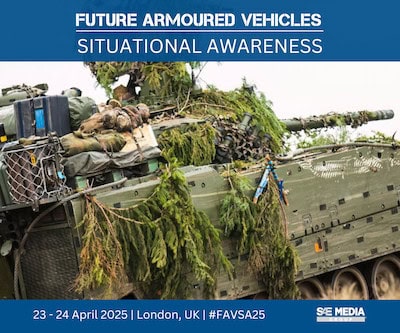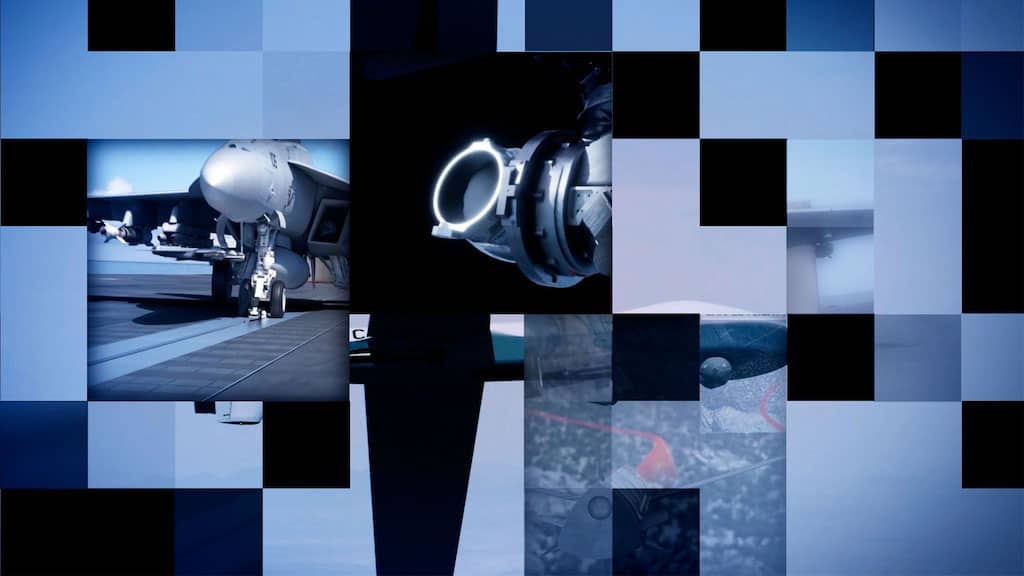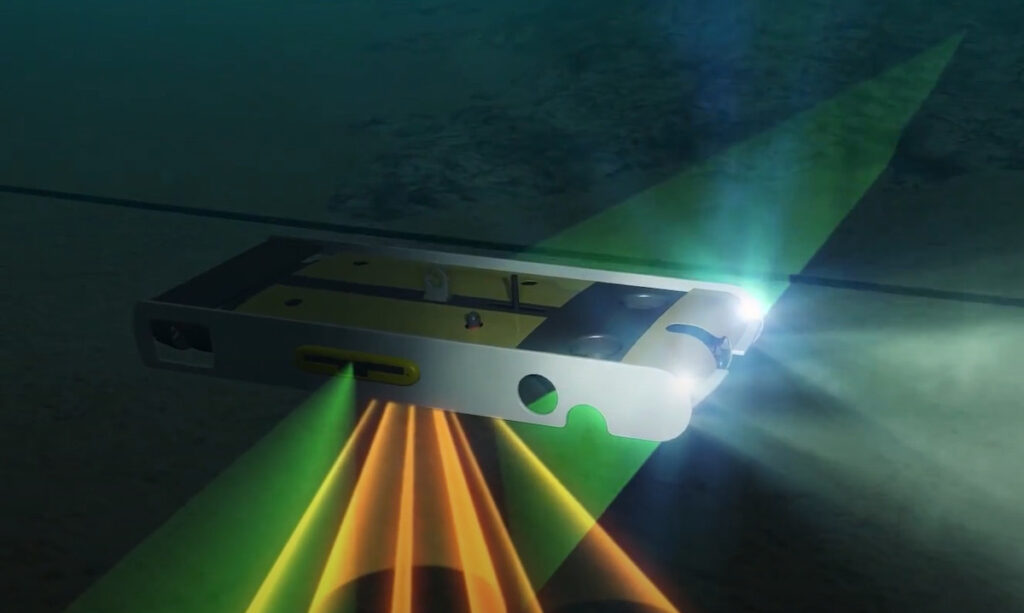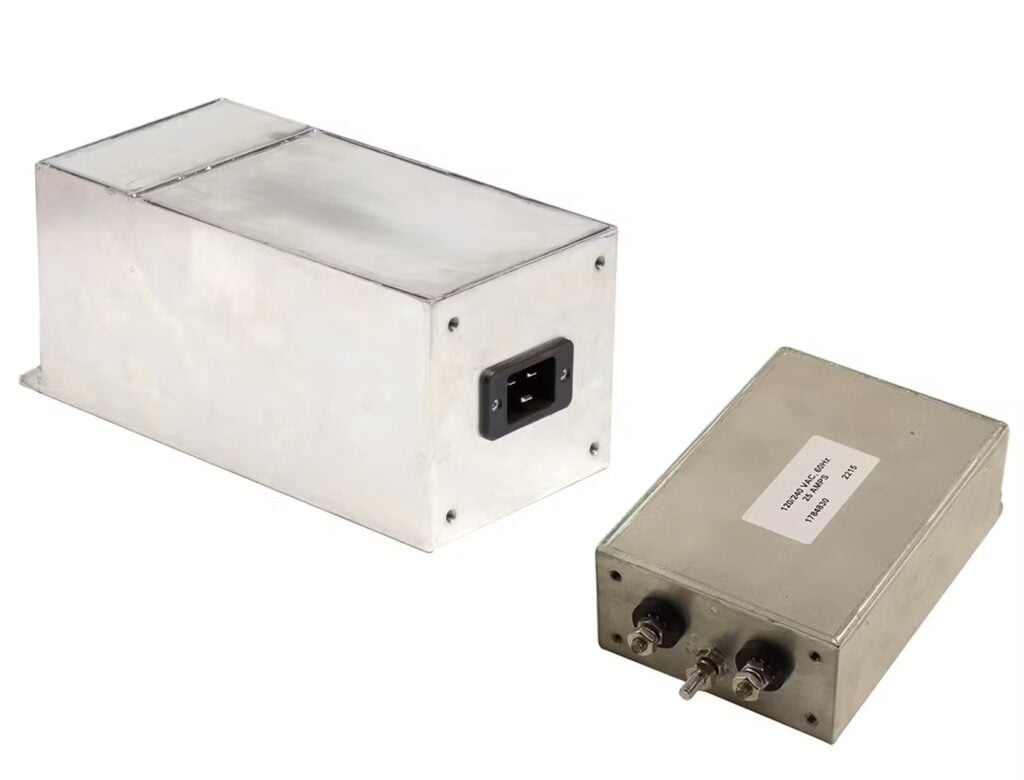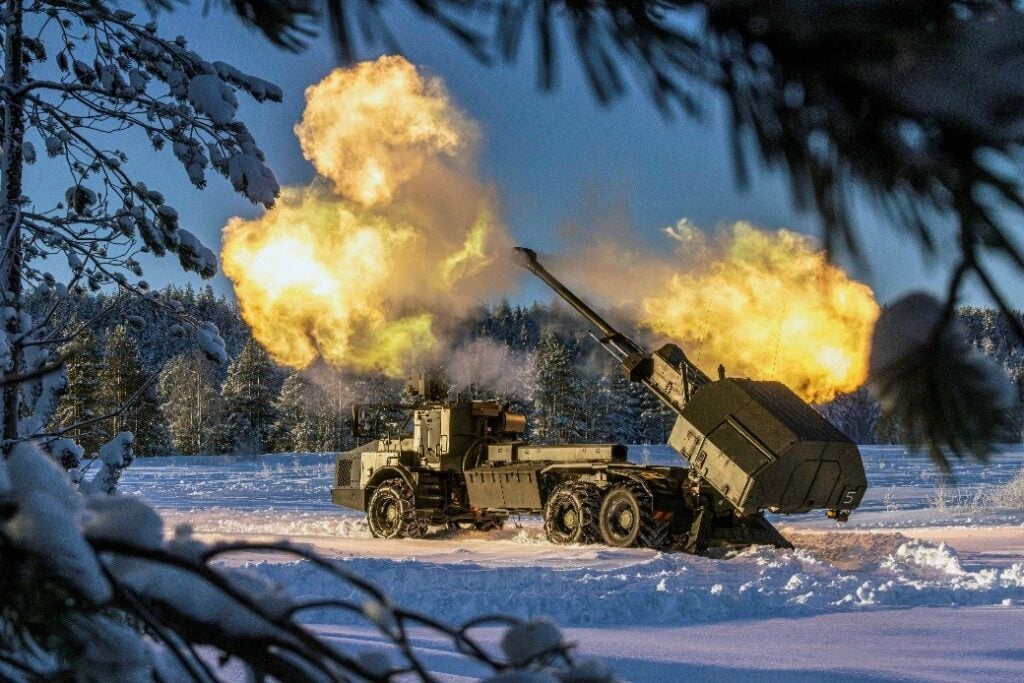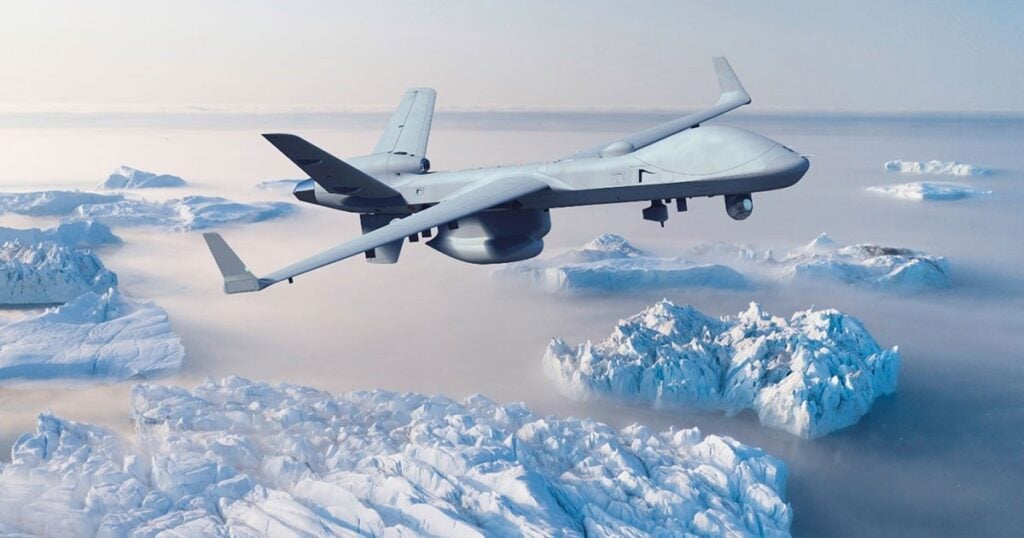
Discover Leading Defense Technology Solutions
Discover cutting-edge solutions from leading global suppliers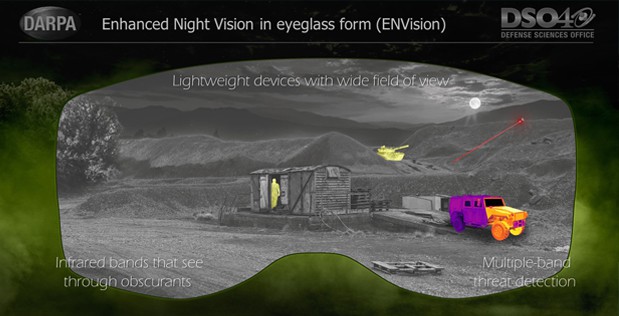
DARPA has announced its Enhanced Night Vision in eyeglass form (ENVision) program. ENVision aims to create lightweight NVGs that offer a wide FOV across multiple infrared (IR) spectrum bands without needing separate optics for each IR band. The goal is to enable night vision through fog, dust, and other obscurants as well as provide thermal vision – all via a single flat lens.
For decades U.S. warfighters have benefitted from advanced night-vision technology, allowing pilots to fly low-level missions on pitch-black nights and ground forces to conduct operations against adversaries in the dark. But current night-vision goggle (NVG) technology requires cumbersome binocular-like optics mounted on a helmet, offering limited field of view (FOV) and putting unhealthy strain on the wearer’s neck.
“Our warfighters experience significant neck strain from current NVGs caused by the weight of the optics extending 4-5 inches in front of their helmets,” said Rohith Chandrasekar, program manager in DARPA’s Defense Sciences Office.
“If you’ve never worn NVGs for hours at a time imagine wearing a baseball cap all day with a two-pound weight attached to the front of the bill – that gives you a small sense of the stress experienced. Extended use of such systems leads to a condition where the neck no longer has energy to keep the head upright requiring warfighters to use their hands to lift and point their heads. NVG wearers also have to swivel their heads frequently for peripheral vision since current optics only provide a 40-degree field of view compared to the 120-degree wide view we have with our eyes, which only makes use of NVG systems more painful.”
Besides the weight and field-of-view constraint, current NVGs provide only a narrow segment of the IR portion of the spectrum (typically near-IR) that limits what types of threats the viewer can see at night. Efforts to expand FOV and IR bandwidth to date have involved increasing the number of optics, which increases weight.
The ENVision program is designed to break the paradigm that increased performance can only be achieved by an increase in weight.
“DARPA investments over the past decade have led to breakthroughs in the areas of planar optics, detection materials, and novel light-matter interactions,” Chandrasekar said. “ENVision will leverage these advancements, amongst others, to develop enhanced night-vision devices in lightweight eyeglass form factors.”
ENVision will also investigate the possibility of night vision using direct photon up-conversion from infrared to visible photons using thin materials.
The ENVision program focuses on developing prototypes of multi-band, wide-FOV night vision systems and investigating methods to amplify photon up-conversion processes from any IR band to visible light.




